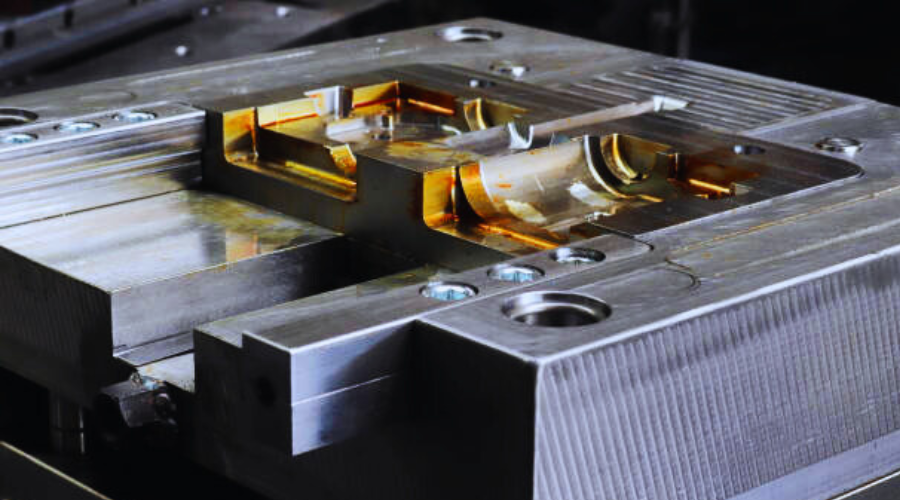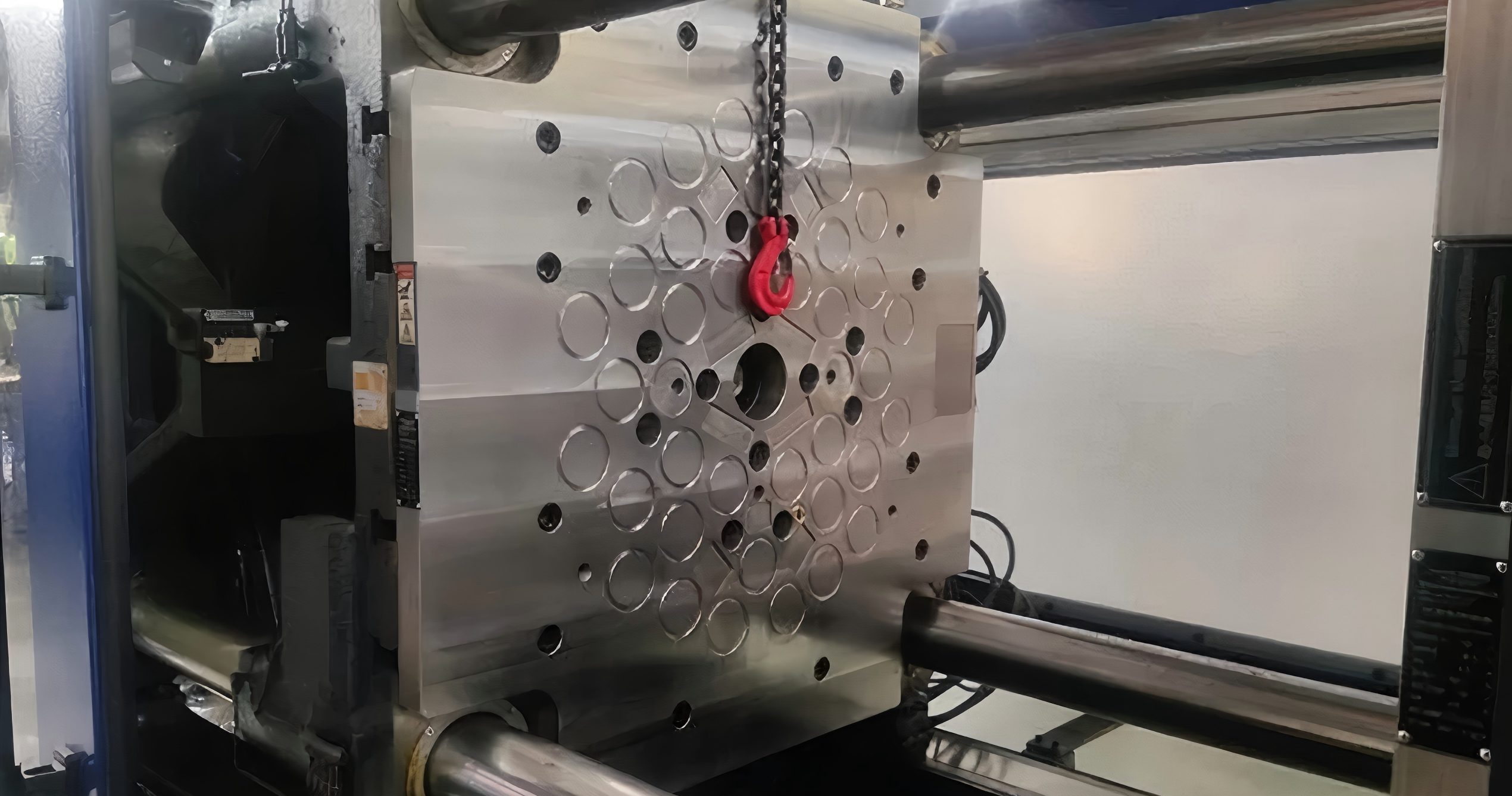Contents
Grinding is a crucial manufacturing process used to finish and shape materials, especially metals. It involves the use of abrasive tools that smooth or remove material from the surface to achieve precise dimensions and finishes. As industries demand tighter tolerances and higher surface quality, grinding has evolved into a critical process in many sectors, including automotive, aerospace, tooling, and mold-making.
This article provides an in-depth look at grinding, exploring its types, processes, and various applications.

1. What is Grinding
At its core, grinding is a machining process that uses an abrasive wheel as the cutting tool. The grinding wheel rotates at high speeds, and its abrasive particles wear down the material being worked on. This process results in a smooth finish, precise dimensions, and improved surface quality.
The material removal rate (MRR) in grinding is generally lower compared to other machining processes like turning or milling, making it ideal for finishing operations rather than rough cuts. Grinding can be used to process metals, ceramics, and composites, often with an emphasis on achieving exact tolerances.
2. Types of Grinding Processes
There are several different types of grinding processes, each serving unique functions. These include:
Surface Grinding
Surface grinding is the most common grinding operation. It involves grinding the surface of the material to create a flat, smooth surface. Surface grinding is used extensively in manufacturing to ensure that parts have the correct surface finish and dimensions.
The surface grinding machine usually features a spindle that holds and rotates the abrasive wheel, and a reciprocating or rotary table to move the workpiece beneath the wheel. Flat and angular surfaces can be processed with this method.
Cylindrical Grinding
Cylindrical grinding is used to shape the outer surfaces of cylindrical objects. This process is often used for finishing shafts, rods, and bearing surfaces. Cylindrical grinders come in two types:
- Exteneral Cylindrical Grinding: The grinding wheel contacts the outside of the cylindrical workpiece.
- Internal Cylindrical Grinding: In this type, the grinding wheel grinds the internal diameter of the workpiece.
This grinding technique is frequently employed in industries that produce automotive parts, such as axles, gear shafts, and bushings.
Centerless Grinding
Centerless grinding is a process that doesn't require the workpiece to be mechanically held or mounted. Instead, the workpiece is supported by a rest blade between the grinding wheel and a regulating wheel controls the speed and feed of the workpiece.
Centerless grinding is ideal for high-volume production of cylindrical parts, such as bolts, rods, and pins, offering precise dimensional control and smooth finishes.
Creep-Feed Grinding
Creep-feed grinding is a deep-cutting grinding process where the feed rate is slow, and the wheel depth is significantly deeper than in traditional grinding. This process can remove large amounts of material quickly while maintaining precision, making it ideal for machining difficult materials such as aerospace alloys, hardened steels, and ceramics.
Form Grinding
Form grinding involves shaping the grinding wheel to match the profile of the final workpiece. This technique is used to produce complex shapes, such as gear teeth, camshafts, or cutting tools, that require precise profiles. Form grinding machines are essential in industries like aerospace, where complex geometries are critical.

3. Grinding Wheels: Types and Materials
The grinding wheel plays a pivotal role in the grinding process. It consists of abrasive particles held together by bonding material. The type of abrasive and the bonding material determine the wheel's properties and its ability to cut.
Types of Abrasive
The most common abrasives used in grinding wheels are:
- Aluminum Oxide (AI2O3): Suitable for grinding steel, ferrous metals, and tough materials.
- Silicon Carbide (SiC): Used for grinding non-ferrous metals, hard metals like titanium, and ceramics.
- Diamond: Ideal for grinding hard materials, including ceramics, tungsten carbide, and certain composites.
- Cubic Boron Nitride (CBN): Used for ferrous materials, especially in high-precision applications.
Bonding Materials
The abrasives in a grinding wheel are held together by bonding materials, which can affect the wheel’s durability and performance. The most common bond types include:
- Vitrified Bonds: Strong and durable, used in high-precision grinding.
- Resinoid Bonds:More flexible and used for applications requiring faster cutting.
- Metal Bonds: Often used in damond and CBN wheels for precision grinding of hard materials.
4. Manufacturing Methods
Grinding machines come in various types, but they share common components:
- Abrasive Wheel: The cutting tool that grinds the material.
- Work Table: The platform on which the workpiece is placed and move during grinding.
- Spindle: Rotates the grinding wheel.
- Coolant System: Reduces heat and flushes away metal debris during grinding.
- Feed Mechanism: Controls the movement and positioning of the workpiece relative to the grinding wheel.
Grinding machines are either manually operated or CNC-controlled. CNC grinding machines offer a higher degree of automation, allowing for complex grinding tasks with high precision and repeatability.
5. Key Considerations in Grinding
Surface Finish and Tolerance
One of the primary reasons for grinding is to achieve tight tolerances and smooth surface finishes. The quality of the surface finish depends on several factors, including the type of grinding wheel, machine settings, and the material being ground. In many cases, grinding is the final step in machining, ensuring parts meet stringent dimensional and surface specifications.
Material Hardness
Material hardness plays a crucial role in selecting the grinding process and abrasive. Harder materials, such as hardened steels or ceramics, require tougher abrasives like diamond or CBN. Grinding softer materials, such as aluminum, typically involves less aggressive abrasives.
Grinding Speed
The speed at which the grinding wheel rotates (measured in surface feet per minute, or SFPM) is a critical factor. Higher speeds generally allow for faster material removal, but they may also generate excessive heat, leading to potential thermal damage to the workpiece. The speed must be carefully controlled to optimize performance.
Coolant
Grinding generates substantial heat due to the friction between the grinding wheel and the material. Coolant, usually in the form of a water-based solution or oil, is essential to prevent the workpiece from overheating. Overheating can lead to changes in the material’s microstructure, causing cracks, burns, or warping.
6. Applications of Grinding
Grinding is employed across many industries for various applications:
- Automotive: Used for manufacturing components like crankshafts, camshafts, and bearings with precise tolerances.
- Aerospace: Essential in producing turbine blades, gears, and other complex parts made from superalloys.
- Tooling: Grinding is used to manufacture cutting tools such as drills, end mills, and broaches.
- Medical: Produces surgical tools and implants with high precision.
- Mold and Die Making: Involves grinding to produce accurate molds and dies for plastic injection molding and die casting.

7. Advantages of Grinding
- Precision: Achieves extremely tight tolerances and excellent surface finishes.
- Material Variety:Can be applied to a wide range of materials, including metals, ceramics, and composites.
- Versatility: Different grinding techniques are available for a variety of shapes, profiles, and surface requirements.
- Cost-Effective: In high-volume production, grinding is an efficient and cost-effective process for finishing parts.
8. Challenges in Grinding
Despite its advantages, grinding poses some challenges:
- Heat Generation: Grinding generates significant heat, which can damage the workpiece if not properly controlled with coolant.
- Wheel Wear: Grinding wheels wear down over time and must be regularly maintained or replaced to ensure consistent performance.
- Skill Requirement: Grinding requires a skilled operator or CNC programmer to achieve the desired precision.
Conclusion
Grinding is a versatile and essential process in modern manufacturing, used to achieve high precision and superior surface finishes. With advancements in grinding technology, industries can produce complex shapes and maintain tight tolerances for critical components. Understanding the different types of grinding processes, selecting the appropriate grinding wheel, and considering key factors like speed and coolant are vital to achieving optimal results.
Grinding continues to be an indispensable part of various industrial applications, providing the accuracy and quality required in today’s competitive manufacturing environment.
-q4gvl4k29y4hq8j9rjpapvj0ft06fje63olt7p210i.png)


